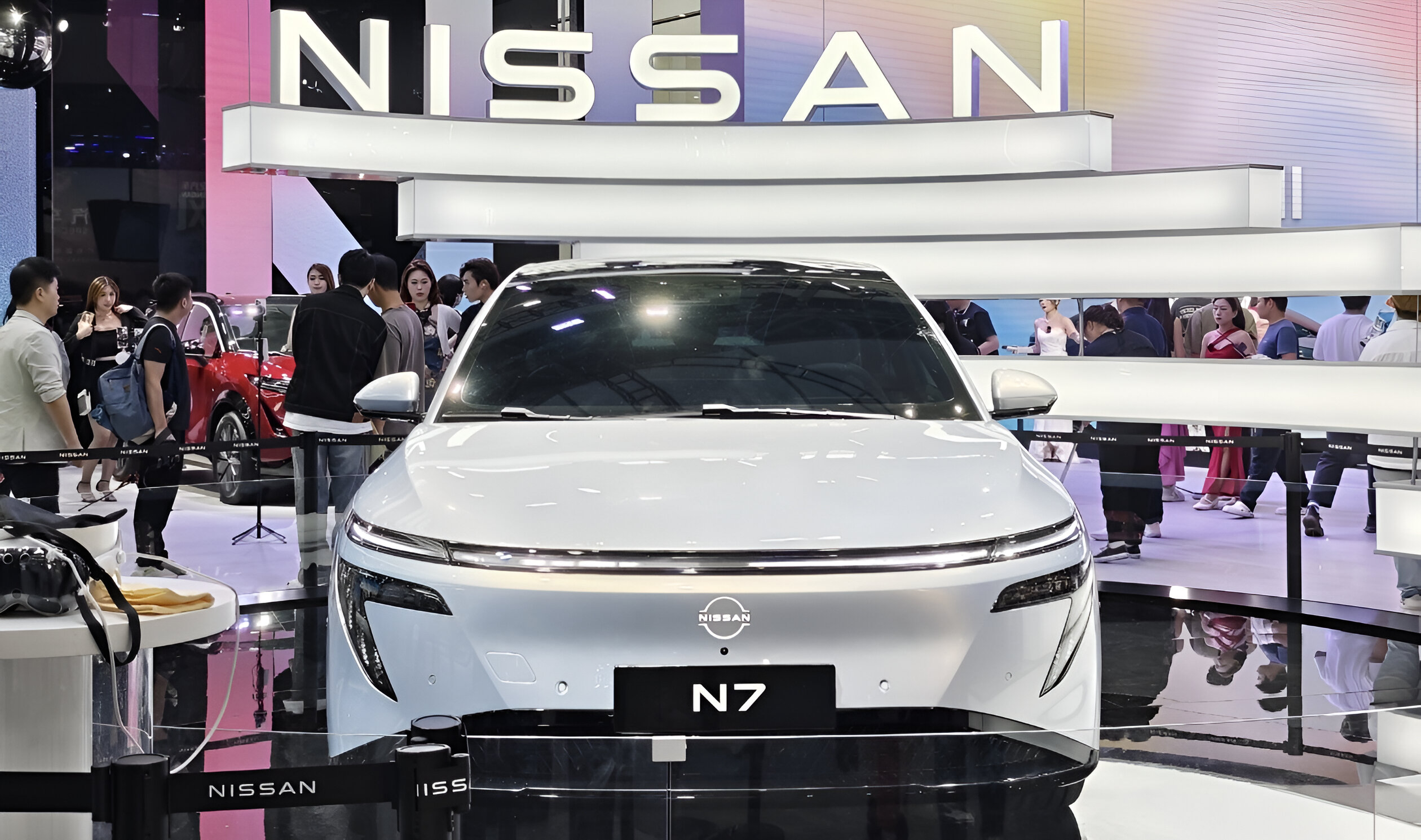Sunday China Drive | Nissan N7: surprise export hint found, practical EV design
Launched in China on April 27, 2025, the Nissan N7 marks a strategic shift for the brand, targeting the competitive mid-size EV market with five variants priced from 119,900 yuan (approximately 14,000 USD). Built on Dongfeng Nissan’s dedicated EV platform, the N7 received over 20,000 firm orders within 50 days, with strong interest in the Max trims that offer 200 kW peak output, extended range, and upgraded software. Designed to appeal to users transitioning from fuel vehicles, the N7 blends familiar ergonomics with modern digital features to compete with rising Chinese EV startups.
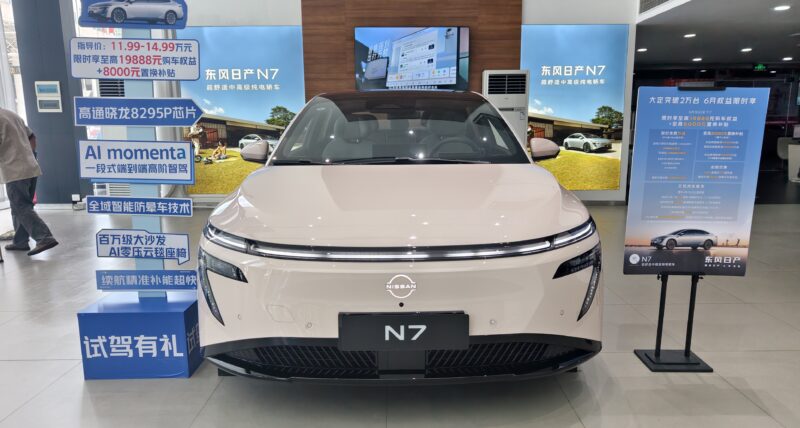
Exterior
At first glance, the N7’s exterior design does not immediately scream for attention, but there’s an underlying sophistication. The closed front fascia, aerodynamic silhouette, and full-width rear light bar convey clarity of purpose rather than flamboyance. Nissan opted for a low drag coefficient of 0.21 Cd, achieved through a slim body height of 1,487 mm and subtly contoured surfaces.
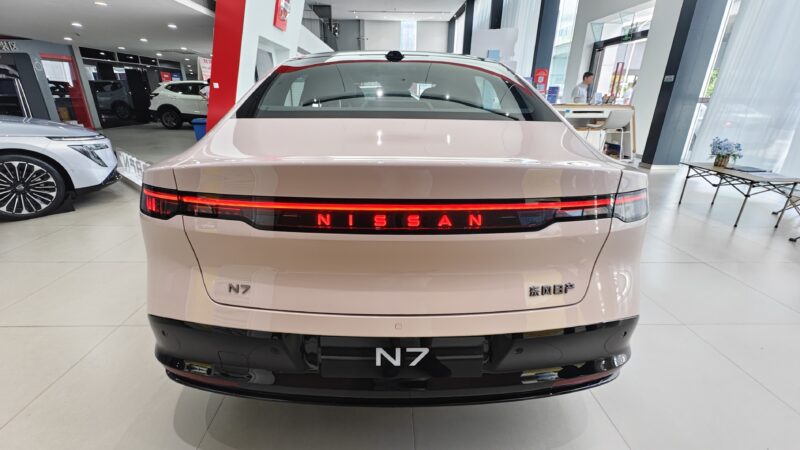
Dimensionally, the car measures 4,930 mm in length, 1,895 mm in width, and 1,487 mm in height, with a wheelbase of 2,915 mm. Despite being slightly narrower than some rivals, this choice helps improve urban manoeuvrability. The dual 19-inch wheel designs (multi-spoke aerodynamic and five-spoke “petal” sport) complement the restrained yet cohesive styling.
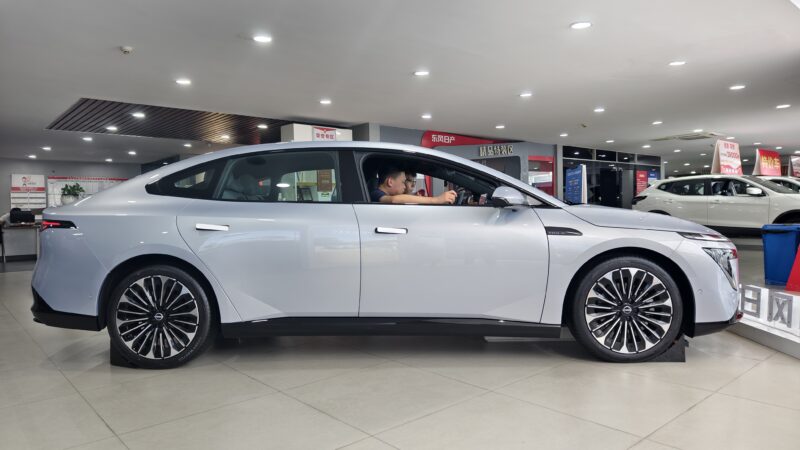
Interior
A 15.6-inch 2.5K central screen anchors the dashboard, running Nissan’s in-house operating system. While not as flashy as some Chinese competitors, the OS is stable, quick to respond, and integrates seamlessly with the high-definition headrest speakers and gesture-controlled navigation. Underneath the centre armrest lies a cold-warm box (operating between -6°C and 55°C), and up to 50W wireless fast charging is also included.
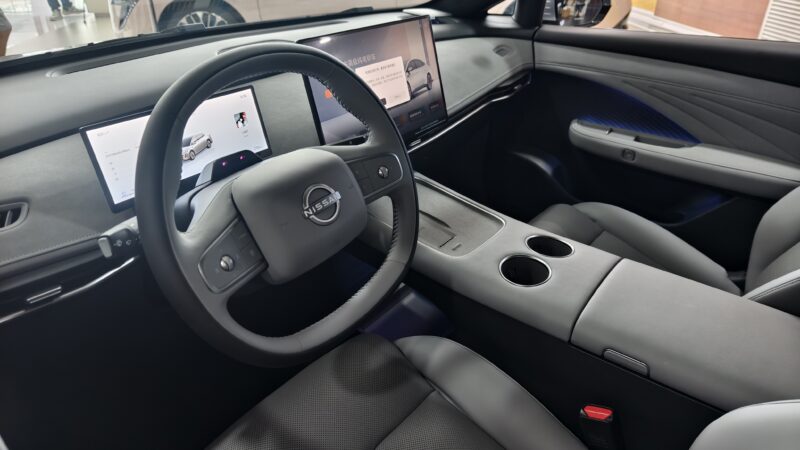
Higher trims, particularly the Max variant, feature an immersive “Cloud Comfort” seat system equipped with 49 sensors and 19 adaptive air cushions. These zero-pressure seats adjust in real-time to the occupant’s body shape, and the effect is surprisingly pronounced. Materials include Alcantara-style trim and suede-like microfiber surfaces. The front seating position is low, but visibility remains strong thanks to a minimal dashboard rise and thin A-pillars.

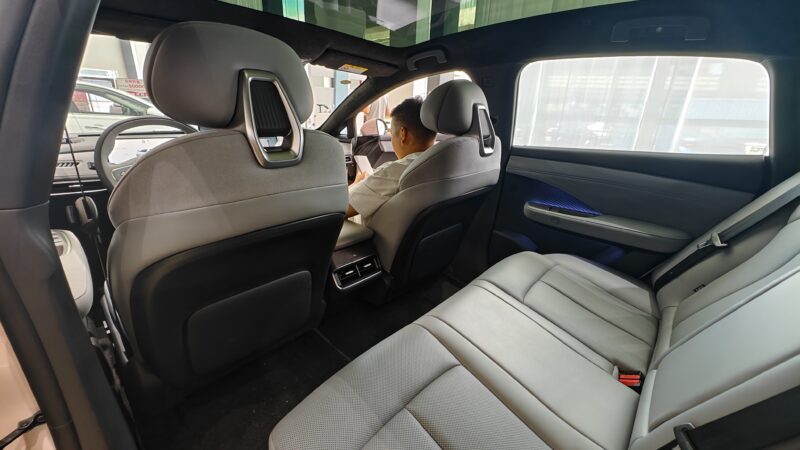
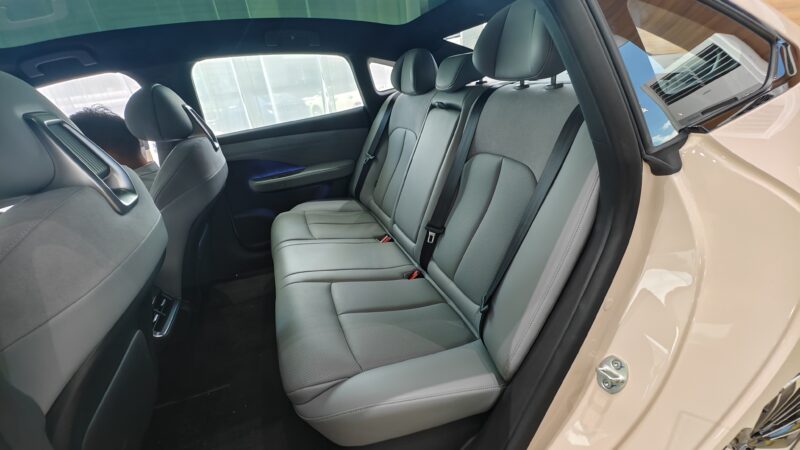
In the rear, comfort is notable. The rear seat cushion depth exceeds 50 cm, and the seat height measures 40 cm, higher than many competitors in the segment, providing ample support and a commanding forward view. The headroom beneath the fixed glass roof is acceptable, with approximately a fist-width of space to spare for an average adult. Rear passengers also benefit from a low floor height and deep cargo hold, thanks to the front-wheel-drive layout.
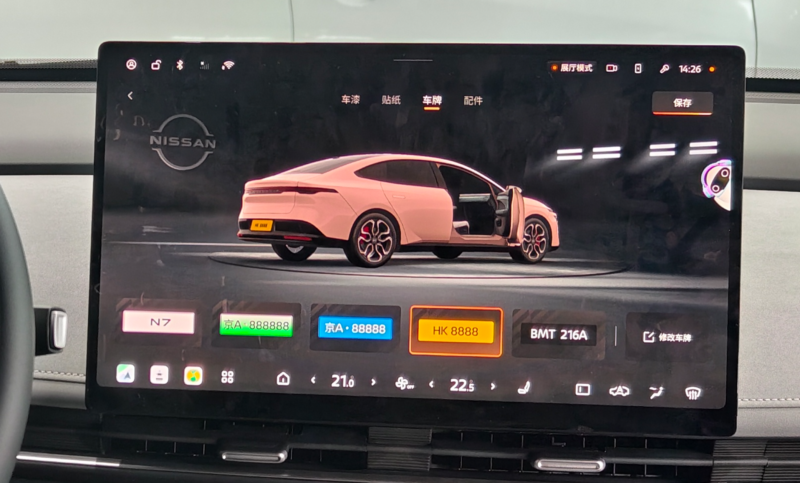
During our test, we made a curious discovery in the infotainment system: an option to configure regional number plates, including those with Hong Kong-listed numbers, among the presets. Since Hong Kong S.A.R. uses right-hand drive—unlike mainland China—this inclusion hints at possible export intentions. For many Chinese EV makers, a launch in Hong Kong often signals broader international ambitions, as seen with Zeekr and Xpeng. When asked, the Nissan representative confirmed, “Yes, the N7 will be exported overseas,” confirming the export potential hinted at in the infotainment system.
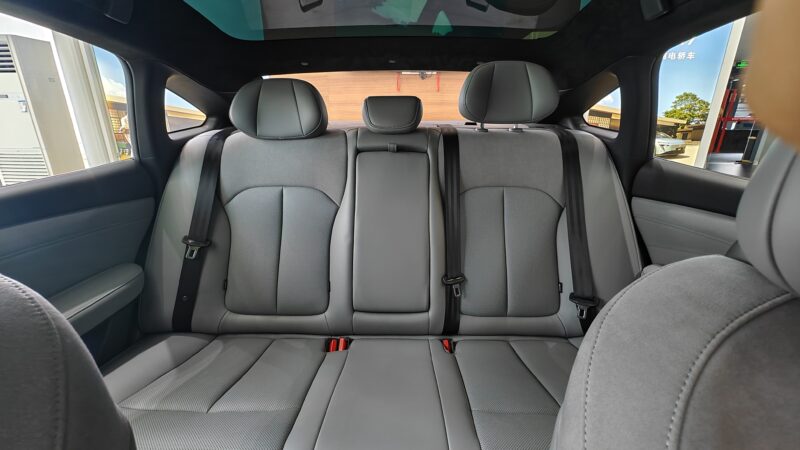
Driving Experience
Power delivery varies by trim. The Max variant tested here uses a 200 kW (272 hp) front-mounted motor, generating 305 Nm of torque. Acceleration from 0–100 km/h takes over six seconds. Rather than chasing headline-grabbing acceleration figures, Nissan tuned the N7 for real-world usability.

Suspension damping strikes a rare balance: soft enough to absorb surface imperfections in Comfort mode, yet responsive and flat on winding roads in Sport mode. The energy recuperation system is well-calibrated, offering progressive deceleration and reducing reliance on the brake pedal. On undulating pavement, the car filters vertical motion cleanly, and even at triple-digit speeds, body control remains consistent.

The N7 also features an adaptive power steering system developed in collaboration with Bosch. Steering weight and feedback noticeably sharpen in Sport mode, and although feedback isn’t class-leading, it is predictable and consistent. Tire grip remains a weak link, particularly during quick transitions or damp conditions, but this feels more like a cost-saving measure than a design flaw. When compared to the Mazda EZ-6 sedan, the Nissan N7 is evidently tuned for comfort over agility in terms of driving dynamics.
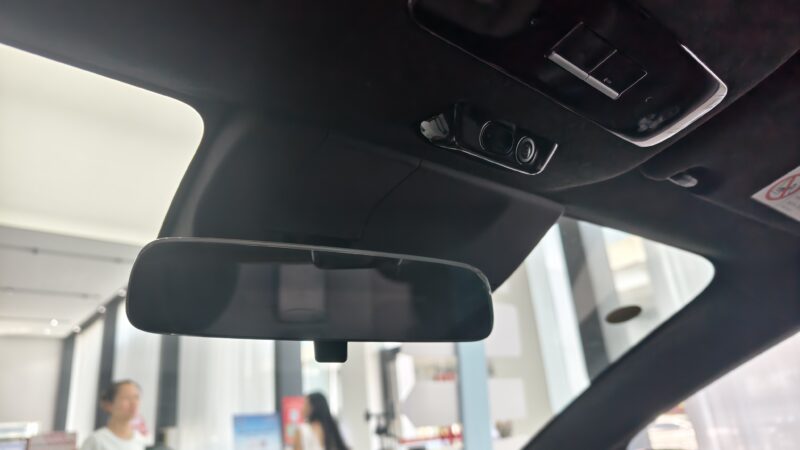
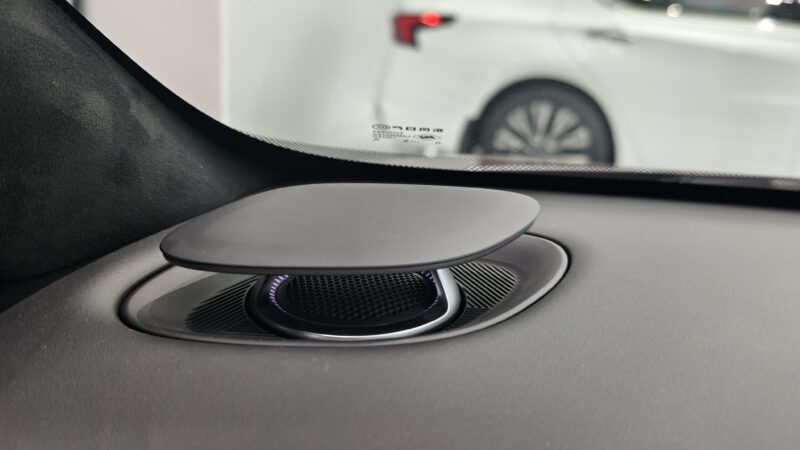

In terms of sound insulation, Nissan’s engineering pays off. The absence of artificial whirring and the suppression of tyre noise—even over rough surfaces—makes for a tranquil cabin environment.
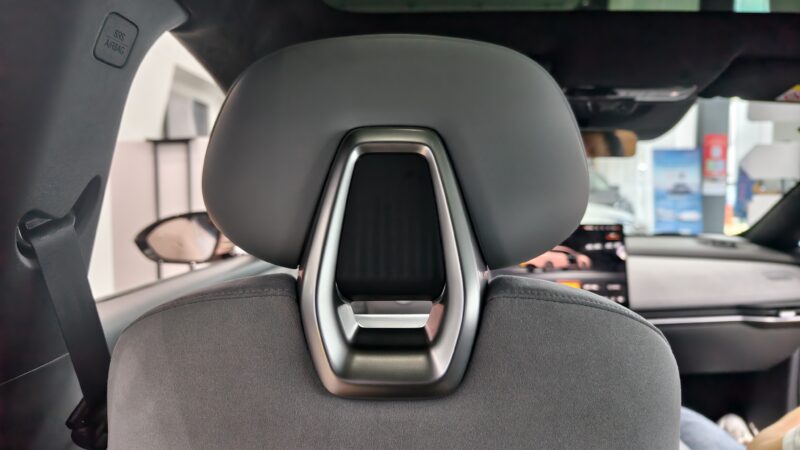

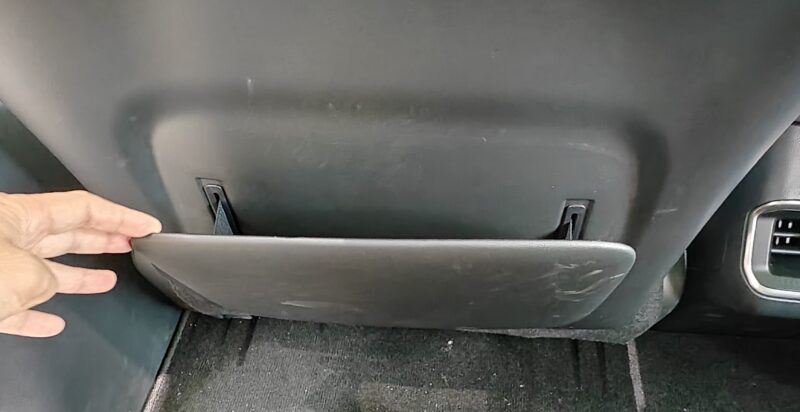
The Max variant’s Level 2+ driver assistance suite, co-developed with Chinese tech firm Momenta, includes adaptive cruise control, automatic lane changes, and obstacle avoidance. The system performed well in dense urban traffic, executing lane merges and exits with minimal driver input. It can even utilise headrest-mounted speakers for directional audio prompts, though in tighter merges, some manual intervention remains necessary.
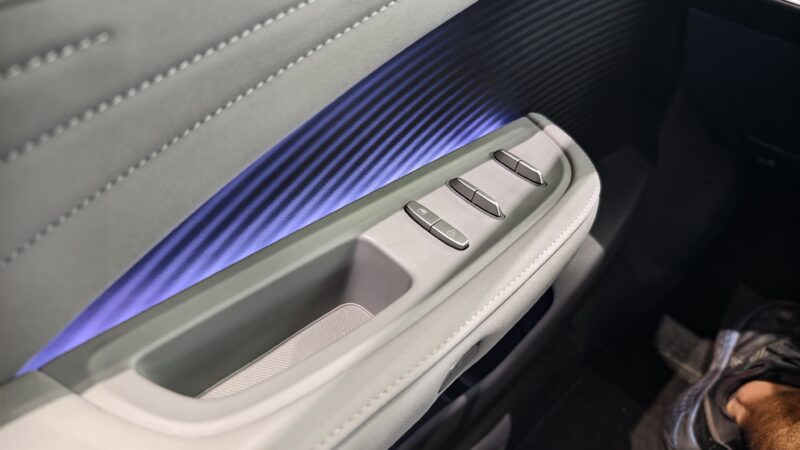
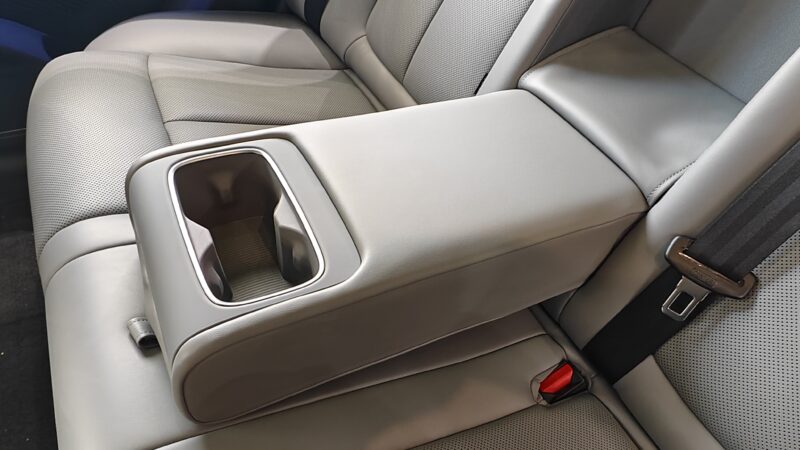
Verdict
The Nissan N7 offers a pragmatic approach to the mid-size electric sedan segment, striking a balance between familiar ergonomics and practical technology designed to ease the transition for drivers transitioning from internal combustion engines to EVs. Its comfortable interior, stable infotainment system, and thoughtful features, such as advanced “Cloud Comfort” seating, demonstrate Nissan’s focus on everyday usability rather than flashy innovation.
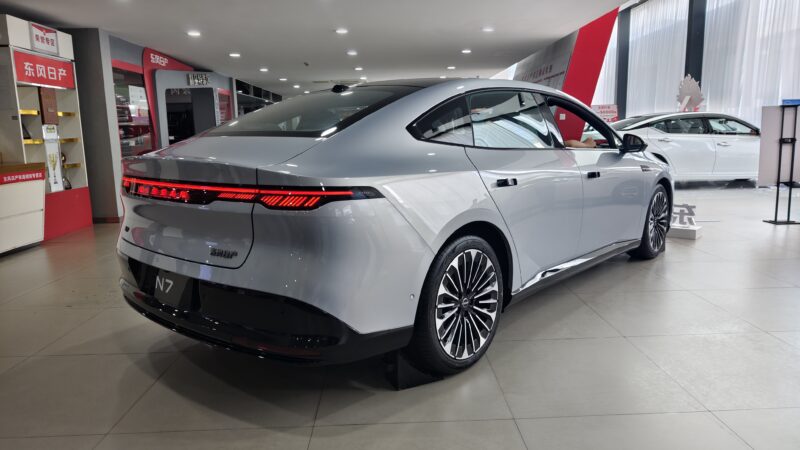
The discovery of the regional number plate configuration, including Hong Kong’s unique option, adds an intriguing layer to the N7’s story, hinting at possible export ambitions beyond mainland China. This aligns with our earlier report on its potential for export overseas. This suggests Nissan is positioning the N7 not only as a competitive domestic EV but potentially as a player on the wider international stage.
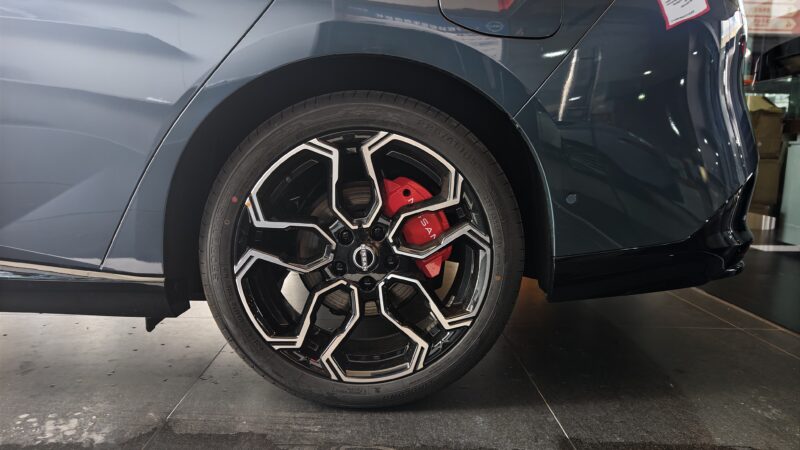
While the N7 may not break new ground in design or technology, its clear focus on user-friendly features and market pragmatism makes it a solid contender in China’s crowded EV landscape, appealing to consumers seeking reliability and comfort in their electric vehicle choice. Currently, there is a 60-day waiting period for the N7 after purchase.
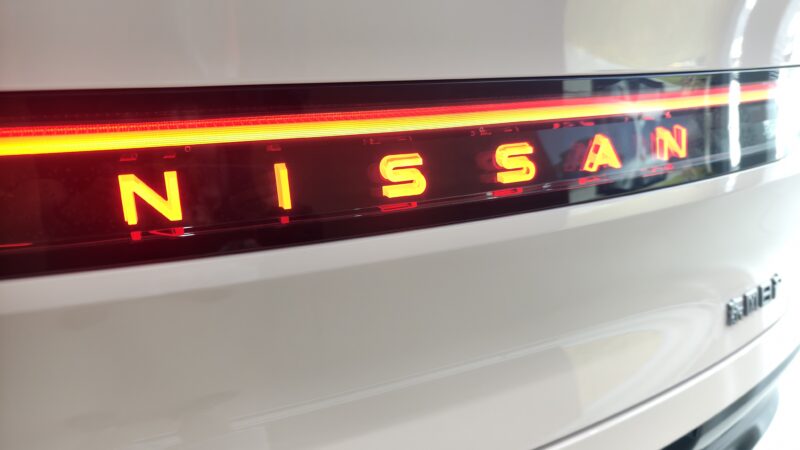

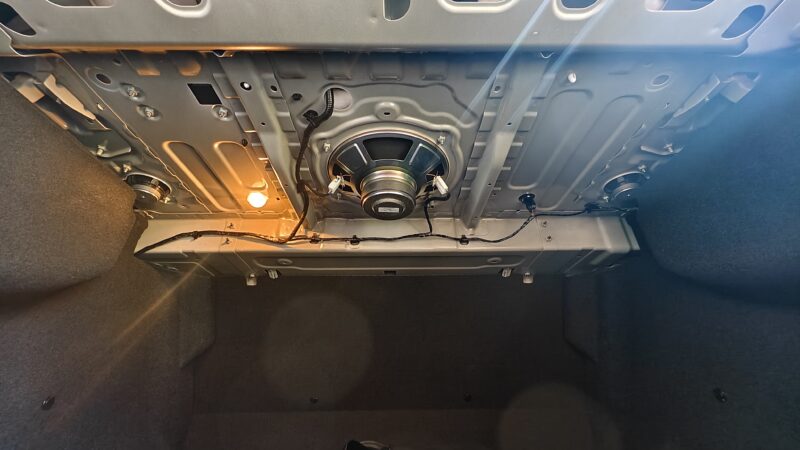
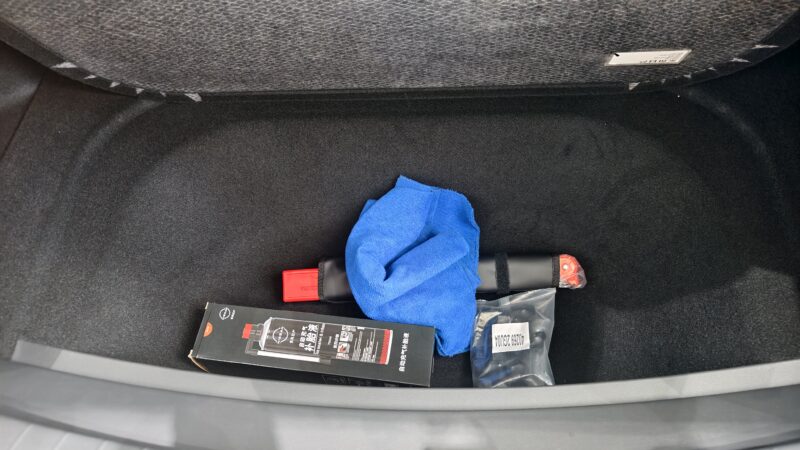
Stay tuned for next week’s Sunday China Drive at Car News China, where you can read more first-person evaluations of Chinese cars.




